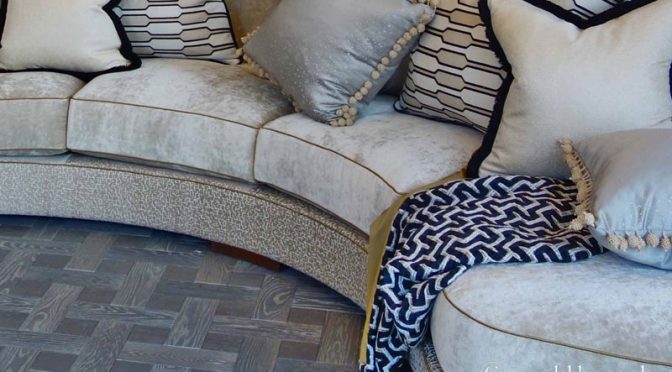Once seen as the preserve of luxury, regal accommodation and faded country homes, velvet is a trend that is steeped in history but has lasted the test of time. Sumptuous, soft and with a richness of colour unlike any other fabric, velvet today can work in both a traditional as well as contemporary settings. But it takes the experience of a London interior designer to know how to incorporate it into an interior scheme perfectly.
Since it was first brought to this country in 809 A.D. by Kashmiri merchants from Baghdad, velvet has to be one of the most versatile textures to introduce into a decorating scheme. It’s soft to touch, exudes comfort and style but is also durable, which makes it a great choice for stand-out furniture pieces.
Conventionally, velvet was made from silk and later cotton, and was the choice of the rich and the royal due to its sumptuous feel and look, as well as its high cost of production. Today it can be made from other materials and even synthetic fabrics, which offer more hard-wearing and affordable options.



